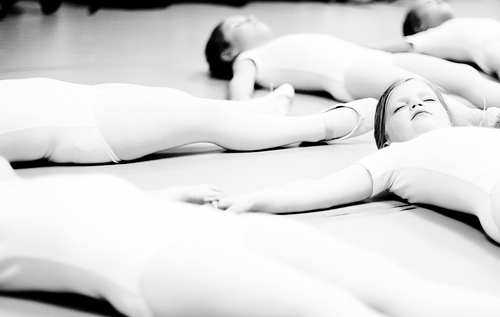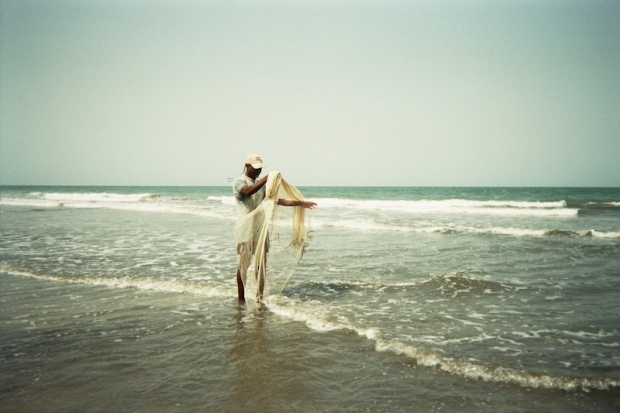Flickr is a wonderful resource for up and coming photographers and also has a solid group of advanced photographers on their site. It's easy to use, a great way to show off your photos, yadda-yadda-yadda. To me, the most exciting thing is that there's so many fabulous and unusual photographers on there to keep your creativity challenged.
So, every year, I spend a bit of time exploring photographers I've missed so far... So, to follow up from my 50 amazing Flickr streams from 2009, my 100 awesome Flickr streams from 2011, here's my 25 of my new-found treasure-troves on Flickr, to do 2011 proud...
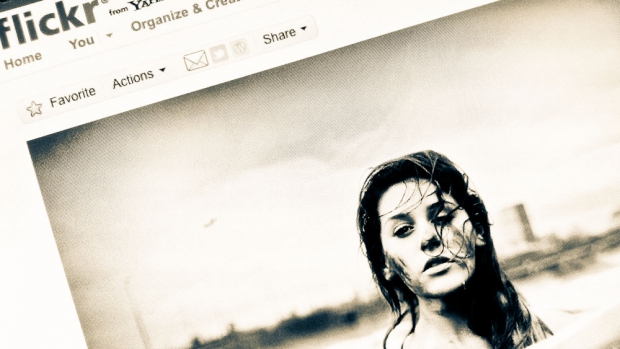
Photo: That Sinking Feeling by Rosie Hardy
1. Rosie Hardy: Rosie is a London-based photographer that has been a constant on Flickr for a few years now. She is a professional photographer that has mastered the art of photo manipulations. Her stream is always awe-inspiring. Check out their Flickr stream
2. Kelly Webster: Kelly is a self-portrait photographer that got her start with a 365 Day Project. She quickly went from beginner photographer to advanced in a matter of months. Her photos have strong concepts, and are technically gorgeous. Check out their Flickr stream
3. Meagan Jaskela: Meagan is an up and coming photographer that has used her photographs to tell the story of her teenage years. Her photos are incredibly honest. Check out their Flickr stream
4. James Fitzgerald: James is one of two brothers that appear on this list. He is a portrait photographer that has the ability to capture the true essence of his subjects. Check out their Flickr stream
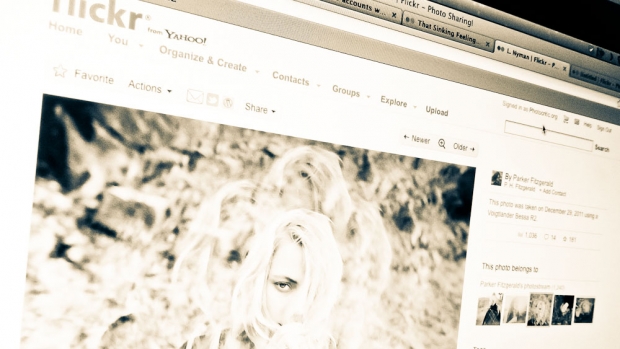
Photo: L Nyman by Parker Fitzgerald
5. Parker Fitzgerald: Parker is James's brother, and he produces beautiful work as well. He works with both digital and film and all of his photos have a vintage feel to them that is simply magnificent. Check out their Flickr stream
6. Alexis Mire: Alexis coined the term 'self portrait therapy' and it is an event that she takes part in often. Her self portraits are full of emotion and make her audience feel just what she is feeling. Check out their Flickr stream
7. Brooke Shaden: Brooke Shaden is a force to be reckoned with. Her photos have appeared in major publications and recently were even a part of Project Imagination. She is a photo manipulation artist and has some of the most original concepts on Flickr today. Check out their Flickr stream
8. Allison Scarpulla: Allison's photographs come straight from a dream. Her photos are so fantastical and dreamy that often times her audience wonders how she creates such beauty. Check out their Flickr stream
9. Tessa Mayer: Tessa has made it her job to photograph her sister Ava. The little girl appears in the majority of Tessa's photos and together the sister pair create gorgeous memories that will be cherished for a lifetime. Check out their Flickr stream
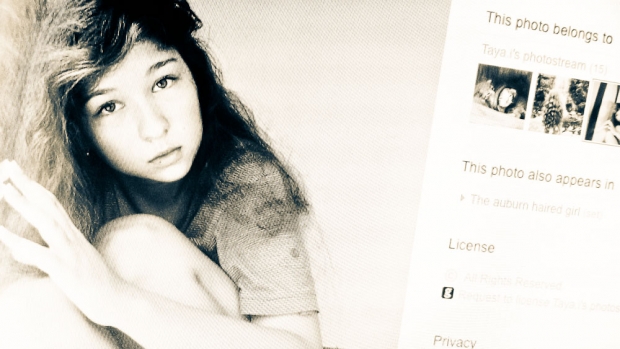
Photo: Untitled by Taya I
10. Taya I: Taya has only been on Flickr for a small amount of time, and doesn't have many uploads yet, but so far, her stream is full of incredible self portraits. Check out their Flickr stream
11. Alex Stoddard: Alex is a wonderful photographer that is not afraid to take risks. His photos take him all over his state just so that he can find the perfect setting for his perfect, dreamy photographs. Check out their Flickr stream
12. Brian Oldham: Brian is Alex's boyfriend, and he too, takes photos with breathtaking settings. His concepts are strong and well thought out, and he executes his photos perfectly. Check out their Flickr stream
13. Masha Sardari: Masha doesn't upload to Flickr that often, but when she does, people flock to her photos extraordinarily quickly. Her photos tip toe on the edge of the surreal, but still manage to have a real factor about them that draws people into her photographs. Check out their Flickr stream
14. Rockie Nolan: Rockie Nolan is an up and coming fashion photographer. Set to graduate from Savannah College of Art and Design within a year, she has a promising career ahead of her that all started on Flickr. Check out their Flickr stream
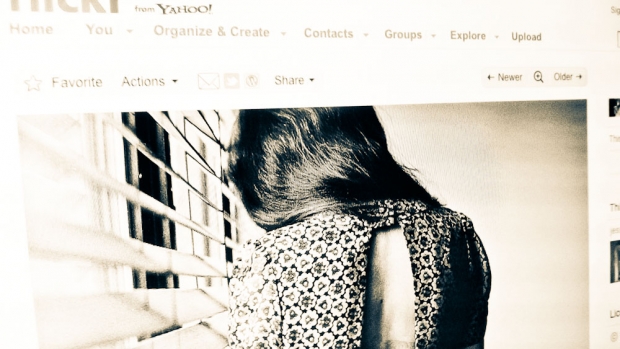
Photo: Untitled by Jessie Roth
15. Jessie Roth: Jessie is a 365 Day Project finisher and she still uploads photos to Flickr on a regular basis. Her photos are mostly self portraits, and they are all incredibly raw and beautifully honest. Check out their Flickr stream
16. Sandy Honig: Sandy Honig is studying photography in NYC and has a future career in photography. Her photos range from self portraits to powerful street photography. Check out their Flickr stream
17. Karrah Kobus: Karrah is a portrait photographer that will blow your mind. Her photos have such a professional feel to them, that it is hard to believe she is a young photographer. Check out their Flickr stream
18. Sarah Ann Loreth: Sarah is also a photo manipulator. Her photos are set in dream-like settings with highly original concepts. Check out their Flickr stream
19. Anna Szczekutowicz: Anna is a Polish photographer that lives in America, but travels often. Her photos are mostly self portraits, but they are so intriguing to look at due to her frequent travels and her pure honesty in front of her camera. Check out their Flickr stream

Photo: A Technicolor Ghost II by Lauren Withrow.
20. Lauren Withrow: Lauren started her career on Flickr a few years ago, and since, has began shooting signed models and gaining exposure in the fashion photography world. Check out their Flickr stream
21. Theo Gosselin: Theo is a true artist that can work with light. All of his photos have the most amazing lighting. He has definitely mastered the art of capturing the sun. Check out their Flickr stream
22. Elizabeth Brooke: Elizabeth is another photographer that uses her sister as her main model. Together, the pair create beautiful masterpieces that will leave you breathless. Check out their Flickr stream
23. Maryclaire Roman: Maryclaire has learned how to make simple portraits amazing by combining good lighting with beautiful models. Check out their Flickr stream
24. Elizabeth Gadd: Elizabeth might live in one of the most beautiful places in the world. She takes gorgeous self portraits with colorful mountains and streams in the background that make every photographer envious of her homeland. Check out their Flickr stream
25. Lissy Elle: Lissy is also one of the younger photographers on this list, and she has such a bright future ahead of her. Her photos are the true incarnations of colorful dreams and nightmares. Check out their Flickr stream
Flickr is home to some pretty fantastic photographers. It is a wonderful place to begin learning about photography and gaining exposure. These twenty-five photographers are a great example of Flickr's thriving community that can help photographers gain a large following.
Oh, and if you want to take a look at my Flickr stream, you're more than welcome to!
A note on copyright: The photos-of-photos in this post are used under the 'criticism and review' provision of UK copyright laws.






